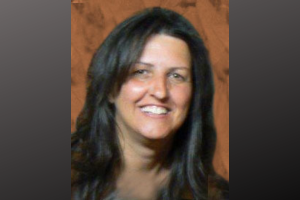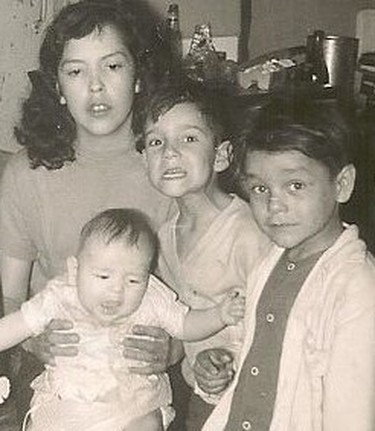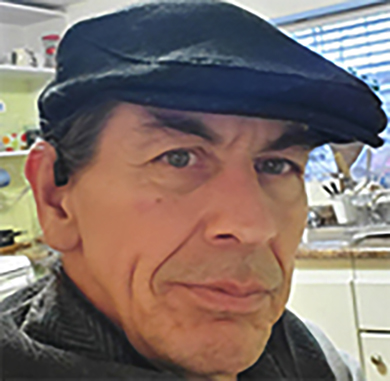Excerpt:
INTRODUCTION
|
L |
et’s start out with a QUIZ: how many Indigenous people were on Turtle Island (now North America) before 1490?
100 million? 10 million?
No one knows. What we do know—millions did live here. Then millions die here. Many Millions.
By the end of the 19th century, writes David E. Stannard, a historian at the University of Hawaii, Native Americans had undergone the “worst human holocaust the world had ever witnessed, roaring across two continents non-stop for four centuries and consuming the lives of countless tens of millions of people.”
I read Stannard’s book—you should, too. [American Holocaust: The Conquest of the New World; David E. Stannard; Oxford University Press, 1993]
Maybe all those museums could give us an accurate count in their bone collections?
Question 2: What do you know about Columbus who sailed the ocean blue in 1492…?
The primary outcome of Columbus’s voyage to the new world was the enslavement of hundreds of thousands of Native Americans and the pilfering of 45,000 tons of gold and silver (valued at £10 trillion in modern currency).—The History of the World Part 5—Age of Plunder, BBC (2018) Film Review by Dr. Stuart Bramhall
Looting, too? Well that’s not good. In 1492 Columbus, the real-life-slave trader-pirate, was capturing humans for Spain, and lands three boats in Hispaniola. (Carib People say Columbus, an Italian guy working for Spain, was lost at sea.)
Question 3: Who came next? (This is up for serious debate.)
Claims were made for the sighting on some part of Canada’s Atlantic coastline by the Irish monk St. Brendan in the sixth century. However, archaeological excavations at L’Anse aux Meadows near the northern tip of Newfoundland suggest Norsemen were the first Europeans to see Canada in the late 10th and early 11th centuries. These remains show that the earliest sighting was probably made by Bjarni Herjolfesson in 985 or 986; and about 1000, Leif Ericsson landed in the first of a series of expeditions, in the establishment of a short-lived Norse settlement. [https://www.thecanadianencyclopedia.ca/en/article/exploration]
Some speculate that seamen from Bristol (British Isles) reached Newfoundland, or thereabouts, in the 1480s, BEFORE the Columbus’s voyage of 1492. Next: John Cabot’s English expedition of 1497 as the first known voyage to mainland North America. Jacques Cartier’s arrival was in 1534.
On three ships the first (French) Huguenots arrived in 1564, 56 years before the Mayflower. They were weary of the never-ending war between Protestants and Catholics back home in France. Near what is now Jacksonville, Florida, with the help of a local tribe, they built triangular Fort Caroline. But Spain had already claimed Florida and most of everything else in North America. When the King of Spain heard about the Huguenot fort he sent an army to erase them and replace them with the Spanish colony St. Augustine. The Huguenots courageously sailed out to attack the Spanish at sea but a hurricane dashed their ships against the Florida coast. Of course, the Huguenots failed. https://newtopiamagazine.wordpress.com/2012/10/15/the-intelligencers-and-the-fifth-moon-of-jupiter-alchemy-in-the-american-colonies/
I think they’ll argue about these claims for the next 500 years.
By the way, there was contact before the British, French, Dutch and Spanish made their journeys across the Atlantic or Pacific Oceans to plant their flags… long before. Jack Forbes (Powhatan-Renape) wrote about this in THE INDIAN IN AMERICA’S PAST in 1964. He found evidence that five beggar Buddhist Priests were here in 458 (A.D.) so Indigenous People survived that earlier contact but someone merely forgot to jot it down for future historians, I guess.
Question 4: Who came next? (HINT: Pocahontas) (Don’t get me started on those myths.)
Consensus is 1585 in Roanoke, Virginia. Then in 1607, the British established the Jamestown Colony of Virginia and this proved to be the beginning of the end for the Powhatan Confederacy, and 30+ tribal nations. Then other invaders come ashore: in 1630 in Plymouth, Massachusetts a boat load of Pilgrims arrive on the Mayflower. Can we trust the boat people to give us accuracy on what happened? Nope.
Trudell sums it up…
“…Historically, we went from being Indians to pagans to savages to hostiles to militants to activists to Native Americans. Its 500 years later and they still can’t see us. We are still invisible…. They can’t deal with the reality of who we are because then they’d have to deal the reality of what they have done… So they have to fear us, not recognize us, not like us… The very fact of calling us Indians creates a new identity for us, an identity than began with their arrival. Changing identity, creating a new perceptual reality, is another form of genocide. It’s like severing a spiritual umbilical cord that reaches into the ancestral past. The history of the Indians begins with the arrival of Europeans. The history of the People begins with the beginning of the history of the People… The history of the People under attack is not very long, in an evolutionary context not very long, it’s only 500 years.”—the late John Trudell (Santee Sioux)
BONUS QUESTION: How many more ways to die? Besides germ-warfare? Scalping parties? Bounty Hunters? 1,000+ massacres? The invaders enslave Indigenous people. (I was told Natchez tribal peoples were shipped by boat, in chains, to silver mines in South America.) In 2024, there is MUCH MORE on this topic being written…
(more coming)



























